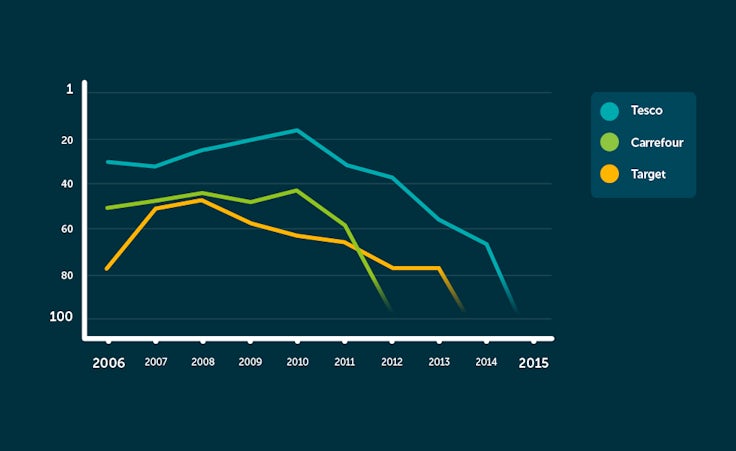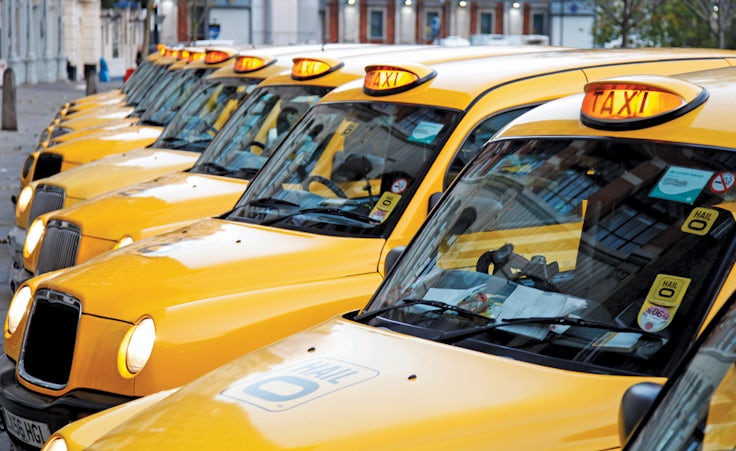Secret Marketer: Brands need to constantly innovate to stay ahead of market disruptors
Many big beasts of the brand landscape showed themselves to be dinosaurs when confronted by digital competition. Avoiding extinction takes a willingness to change.

What do Boeing, Campbell’s Soup, General Motors, Kellogg’s, Procter & Gamble, IBM and Whirlpool have in common?
They are examples of the mere 61 companies that were in the inaugural Fortune 500 list of companies in 1955 that are still there today.
Closer to home, there are only 26 companies from the original FTSE 100, which started in January 1984, that remain in the index a quarter of a century later. And the pace of change is moving ever faster. More than half the companies that were there in December 1999 have since left the index, with former household names such as Abbey National, ICI and Norwich Union disappearing entirely after mergers or takeovers; and brands such as Cadbury Schweppes, British Airways and NatWest living on but as part of bigger companies. Fifty years ago, the life expectancy of a firm in the Fortune 500 was around 75 years. Today, it’s less than 15 years.
Market disruption affects many CMOs across the world. As an established brand, how do you reinvent yourself and stay relevant; or as a new entrant, what can you do to undermine those established brands that are too arrogant and lazy to change? Whether it was the railways being put out of business by the advent of the motor car, Kodak being destroyed by the arrival of digital photography, or HMV and Waterstones being simultaneously outmanoeuvred by new forms of retailing, businesses that do not take innovation seriously run a great risk.
One such disruptor is the airline Ryanair – led by its inimitable CEO Michael O’Leary – which successfully shook up a staid and traditional sector. It cared little about who it upset in the process, including customers.
I was therefore encouraged to see it announce a 66% increase in annual profits last month, on the back of it launching a programme 18 months ago to make the company “more customer-friendly”. It got rid of draconian restrictions on hand luggage and that annoying jingle that it plays when landing on time, and replaced them with allocated seating, and more reasonable fees for extras.
Ryanair realised that in order to keep growing, it had to keep disrupting, even if that meant changing its whole philosophy. The suggestions are that it has pulled it off – if you ignore the fact that this coincided with the collapse of the oil price, the biggest single cost on an airline’s balance sheet.






